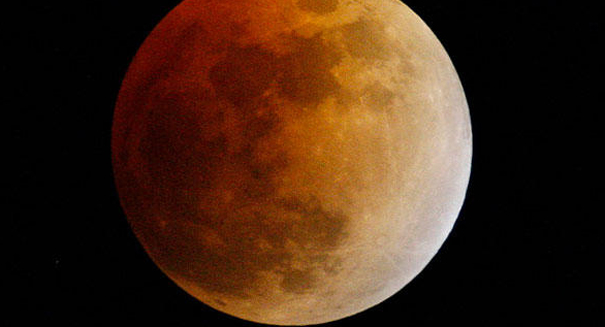
Researchers captured the data by using the LADEE's LDEX instrument, which caught the dust over a six-month period as it flew between altitudes of 20 and 100km.
NASA scientists have discovered that the moon is cloaked in a constant, asymmetric cloud of dust. It has been concluded that the cloud could be caused by passing comets.
Data that was received from Nasa’s Lunar Atmosphere and Dust Environment Explorer (LADEE). According to a report in Nature, it was revealed that a dust cloud persistently hangs around the moon, generated by high-speed comet particles crashing into it.
The particles then kick the dust up from the lunar surface into space, resulting in the eerie shroud.
Nasa researchers captured the data by using the LADEE’s LDEX instrument, which caught the dust over a six-month period as it flew between altitudes of 20 and 100km. Mihály Horányi, a physics professor at the University of Colorado Boulder, stated that LADEE was the first mission to carry a dedicated dust instrument in low-altitude orbit.
The result of the new findings shows the possibility that all the airless satellites in space, including Mars’ moons are wrapped in dust clouds, caused by particles from the Kuiper belt: the disc-shaped region of icy objects that lies at the edge of the solar system.
While it’s very odd to have the glow around the moon, Nasa first spotted the horizon glow around the 70s Apollo 15 and 17 missions. The recent observations made suggest that around 120 kg of the dust cloaks the Moon at any time, with the cosmic dust rising as far as 100 km above the surface before settling down again.
However, it is not explained yet the first strange glow that was spotted on the Apollo missions. It is, however, possible that the lights are scattering when sunlight hits tiny dust particles and causes it to scatter brightly in various directions.
Professor Mihály Horányi added that the cloud that they had identified was comprised of bigger particles, and their density is so low that astronauts could not have noticed it.